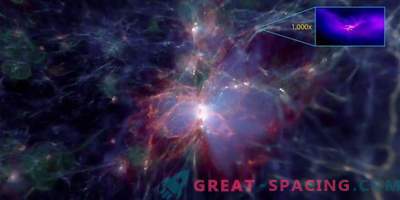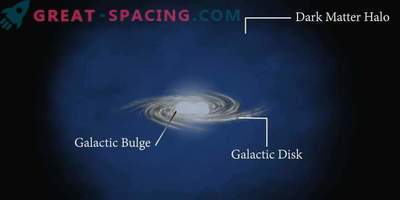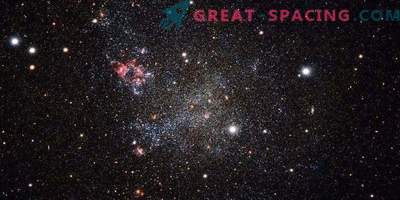
The star family provides a huge variety of objects with unusual characteristics. However, the most exotic type are dark stars that can unlock the secrets of the early Universe.
Here is a star type that still exists only in theories. It is believed that dark stars could arise at an early stage in the development of the universe, ahead of the appearance of the usual stars. What is it and how did it come about?
In fact, dark stars are not dark at all. Most likely, this is one of the largest and brightest stars in outer space. But researchers have not yet managed to find any of them.
All objects observed in the universe fit in 5% of ordinary matter. But 26% assigned to the mysterious dark matter. It does not emit light, therefore, it is sought only by gravitational imprints (it goes around massive galaxies). Dark matter is believed to have played an important role in the early stellar formation stage.
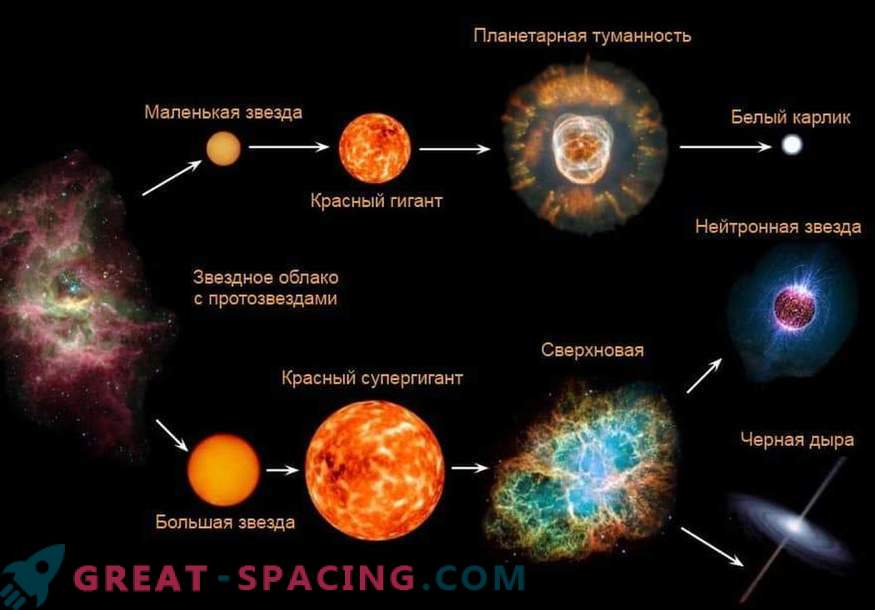
Stages of the evolution of stars
Dark matter was the first material that began to accumulate into large “spots”. It was followed by ordinary matter, creating large clusters that formed the first generations of stars and galaxies.
Early stars appeared due to the fusion of hydrogen and helium atoms. They accumulated in large-scale clouds, cooled and increased density, until they ignited. However, if you add dark matter to this formula, the situation changes. Particles, like neutralino (one of the hypothetical candidate particles of dark matter), could begin to collide and destroy each other, forming quarks, antiquarks and heat. Such annihilation of particles would simply prevent the star from reducing in size. Thus, the object will not be able to achieve the density necessary to start nuclear fusion. Such early dark stars in size can grow to 4-2000 a. e. But these are not the usual “star balls”, like the Sun, but giant clouds of hydrogen and helium.

The dark matter distribution model in the universe is 13.6 billion years ago.
In theory, dark stars remain warm, but not hot. Surface temperature is not enough for us to catch them in the sky with the naked eye. Researchers still believe that they can be found with special devices, because dark stars must emit gamma rays, neutrinos, antimatter particles and infrared light.
If we talk about the composition, it is almost completely hydrogen with a thousandth part of dark matter. But even a small amount of dark matter is enough for a dark star to remain a large-scale cloud for millions and billions of years. When the last particles annihilate, the star will begin to shrink, because it can no longer counteract the force of gravity.
Why don't we see dark stars? It is believed that in the end they all have to collapse into black holes. Moreover, some believe that it was dark stars that became the source of supermassive black holes. The fact is that these objects are located in the centers of galaxies, where the greatest density of dark matter is observed.
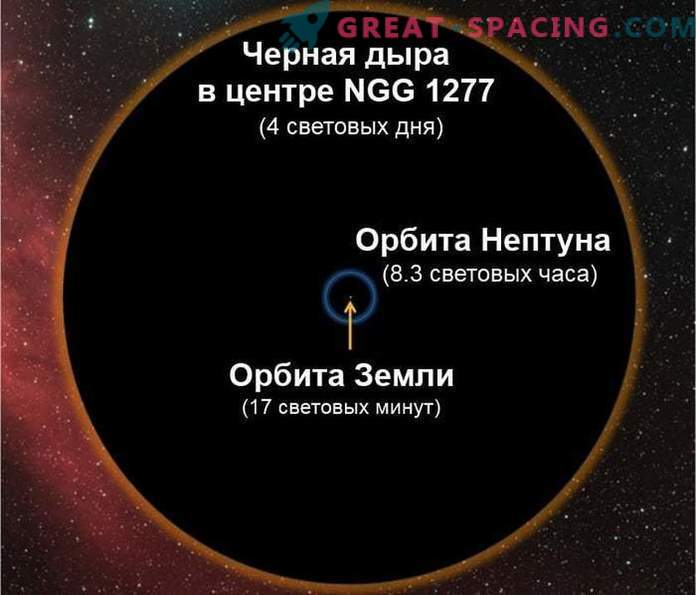
Size of the largest black hole known
There is a sense in this theory. Researchers still cannot understand how massive black holes could form so quickly. The main limitation is imposed on the mass accumulation rate. Indeed, in the first billion years, these rates were much lower. But dark stars exceed the size of ordinary stars, and therefore are capable of creating supermassive black holes. If so, then the dark stars will help uncover the secrets of the formation of supermassive black holes. In addition, they will allow a better understanding of the dark matter, a particle of which underlies them.
Researchers cannot say with certainty that dark stars exist. Unfortunately, we do not have a sufficiently powerful telescope capable of looking so far (it is believed that dark stars appeared 80–200 million years after the Big Bang). However, scientists hope that everything will change with the launch of the telescope of James Webb in 2021.

